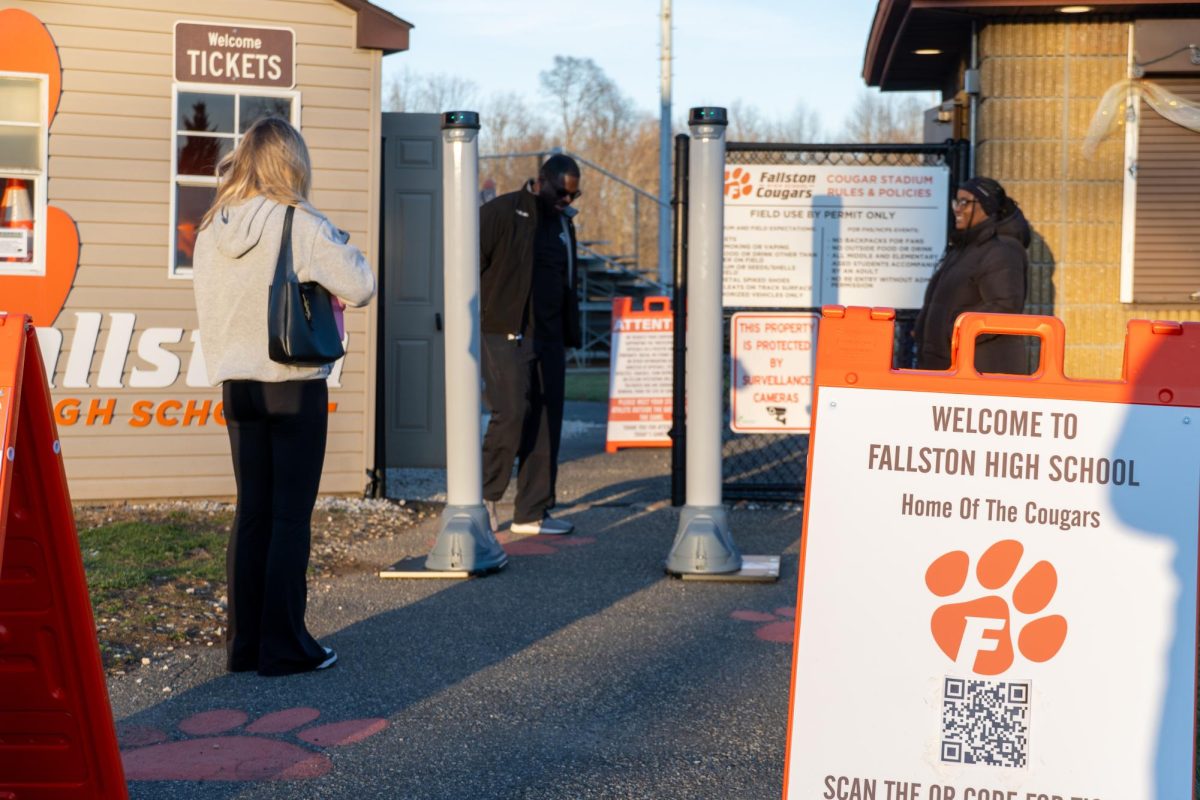Formula 1 has released its first Impact Report since declaring its goal of cutting carbon emissions in half by 2030, and it’s clear on all cylinders that progress is a priority.
“Sustainability is one of the most important factors to us not only as a sport, but as a business,” said President and CEO of F1, Stefano Domeinicali. “It is no longer enough for us to simply deliver great action and wheel-to-wheel racing on the track, we need to ensure that we are doing so in a sustainable way so our sport can thrive long into the future.”
In 2018, F1 established a baseline when they launched their sustainability strategy with the goals of achieving Net Zero Carbon by 2030, leaving a legacy of positive change wherever it races, and building a more diverse and inclusive sport.
The recently released 63-page document details that the sport is on target to meet its goals and reflects on how its strategy is being successfully delivered through Environmental, Social, and Governance (ESG) activities.
The biggest positive of the report was revealed in the latest carbon footprint calculation: a 13% reduction compared to the 2018 baseline. While F1 committed to cutting half its emissions by 2030 and still needs to cut an additional 37%, progress is already clear, and the report outlines an actionable plan to make the next 37% happen.
The report primarily reflects data from the 2022 season but also highlights several activities from ‘23 and ‘24 respectively as progress continues with new innovations. The ‘22 season had 22 races while the ‘24 calendar has a record-breaking 24 races set to occur. To account for this expansion, the Impact Report says there are several initiatives underway to mitigate the addition of new races. F1 started using more efficient Boeing 777F freighter jets and their logistics partner, DHL, has switched to a new fleet of 18 bio-fuel powered trucks.
The emissions from the 20-car grid itself only account for less than one percent of F1’s total carbon footprint, which may come as a surprise, but as it turns out, the travel aspect of Motorsport is the biggest carbon factor.
By restructuring their calendar of races, F1 is hoping to streamline the logistics. For example, they moved the Japanese Grand Prix to a new date, in the spring, helping to optimize the flow of the schedule. F1’s Head of Energy, Sustainability and Governance, Ellen Jones, explains, “When you can reduce those distances [from race to race], you can reduce your carbon footprint, in addition to the technological innovation that we can then support, such as biofuels and trucks, and sustainable aviation fuel.”
The report also added a new closer goal of achieving 100% sustainable fuel in F1 by 2026. In the current season, all F2 and F3 cars trialed a 55% sustainable fuel in partnership with Aramco. “The transition to renewable energy both at home and away is really critical for us and is really driven the first 13% in terms of our reductions,” said Jones.
Within the 2022 stats that were just released, this focus on renewable energy has driven carbon emissions to drop 56% across F1 factories and facilities. Last season, F1 trialed renewable power generators running on biofuel and solar energy at the Austrian Grand Prix, which helped reduce the paddock emissions by 90%. This trial’s success will be used to power future races!
Formula 1 has also heavily encouraged its promoters to make events more sustainable. Over 75% of race promoters have incorporated renewable energy at their events with the remainder expected to do so soon as they sign new contracts with F1. “The first thing that we did when I started here about two years ago is to update contracts, you need to say what are our expectations to host a Formula 1 event,” Jones explained. “We’ve had a fantastic response to how we work with our promoters. Not just with energy at event, but a number of critical areas for us, such as local fan travel, all the way through to local community.”
Jones firmly believes that F1 is on track to its 2030 target saying, “the key parts of that are the outcomes of the trials and the work that you can read about in the 2023 report.” She continues, “It is the continued uptake of alternative fuels across all parts of our operations, from the car to the air, to the generators on site.”
“It’s one thing to have all 10 teams having a different solution when they’re in the paddock. There are much bigger savings when you have a centralized solution that people can work towards together,” exclaims Jones.
In conclusion, F1’s sustainability progress is definitely at the forefront and even more changes, for the good, are coming to the sport soon.










































